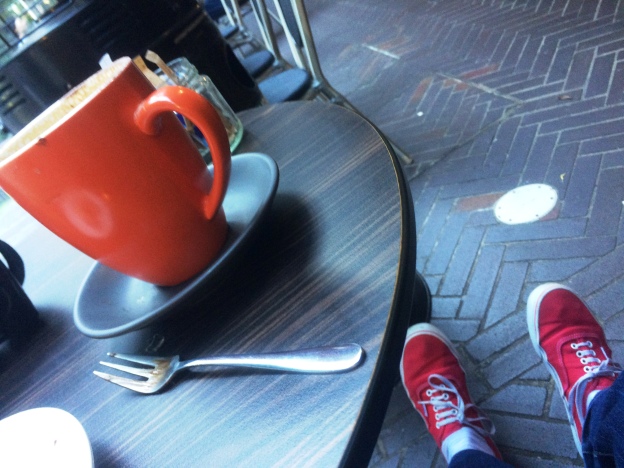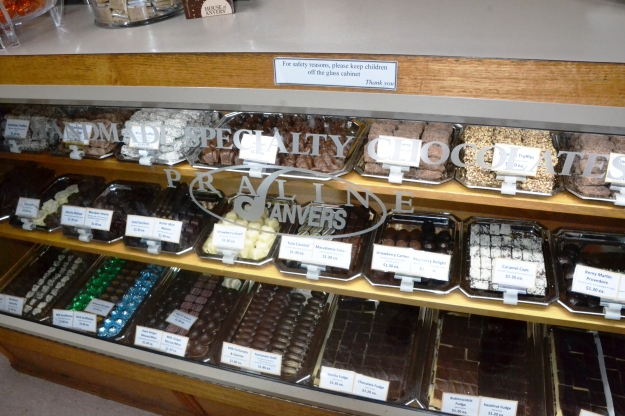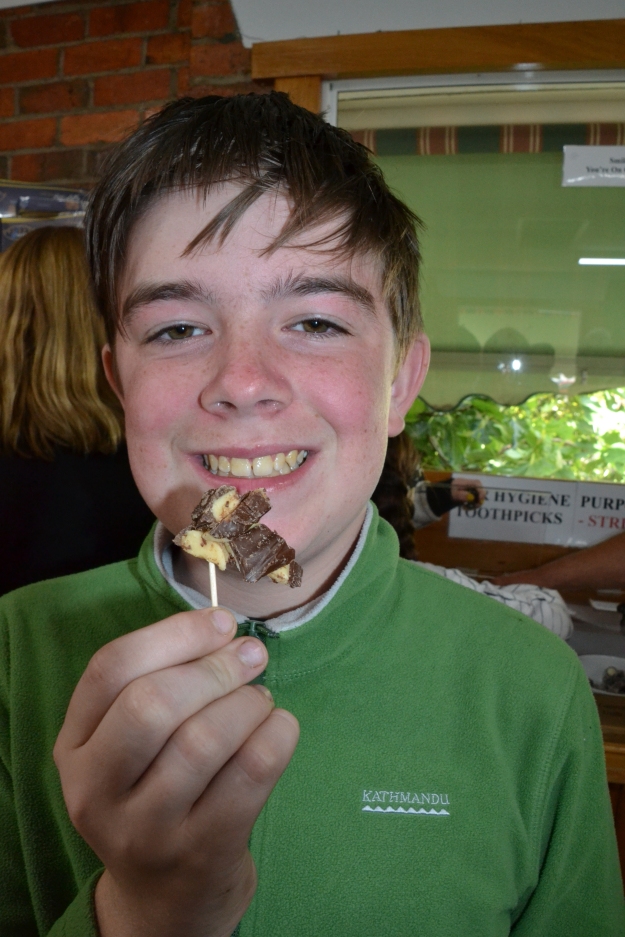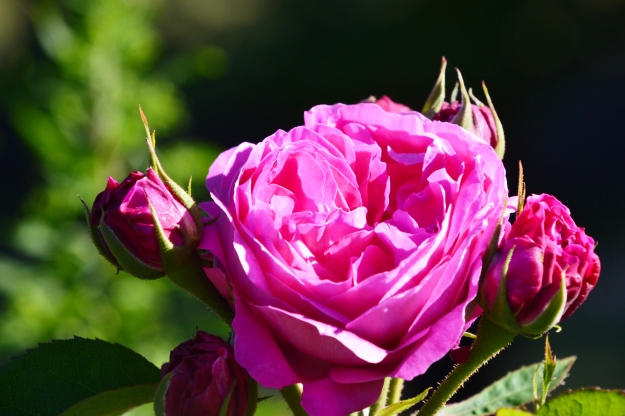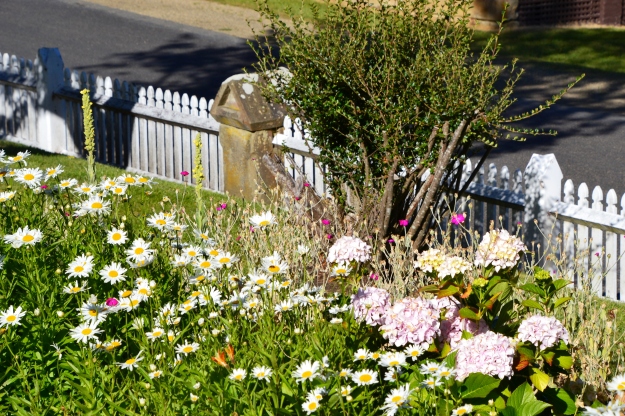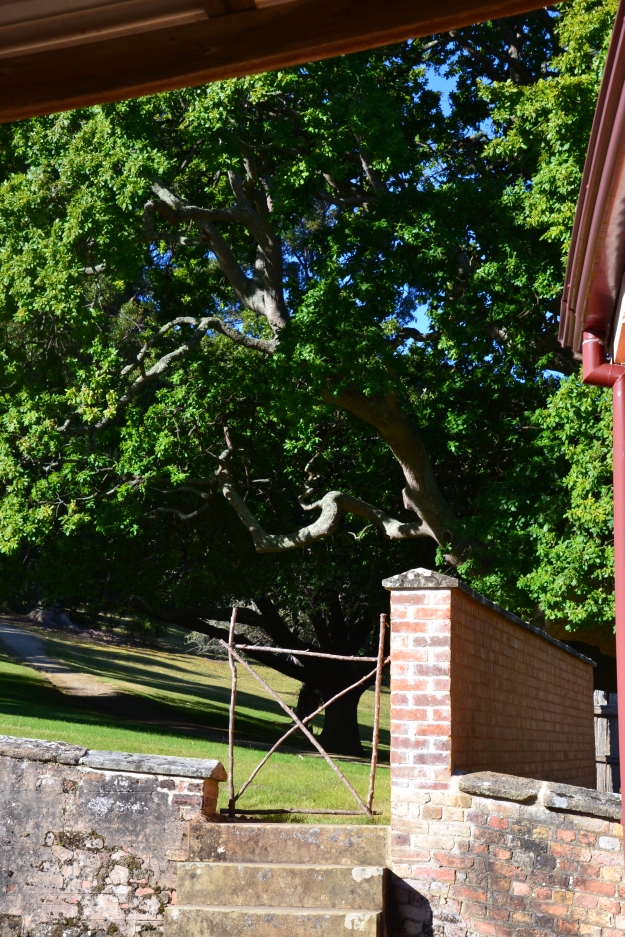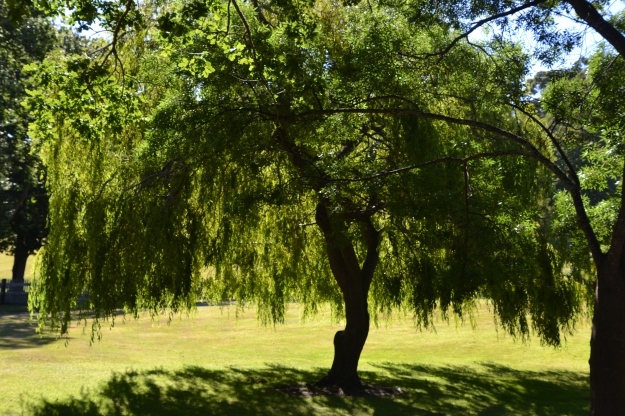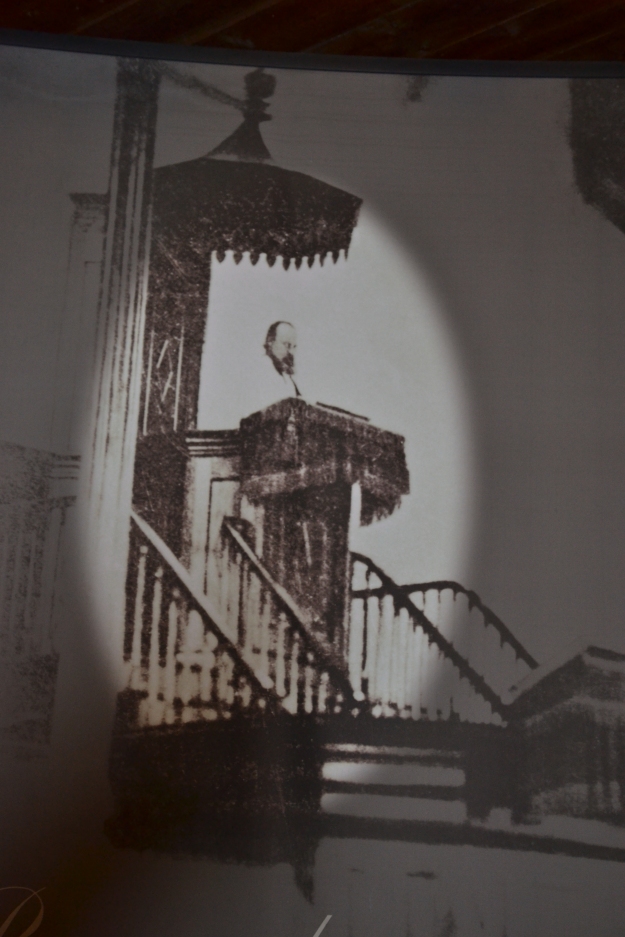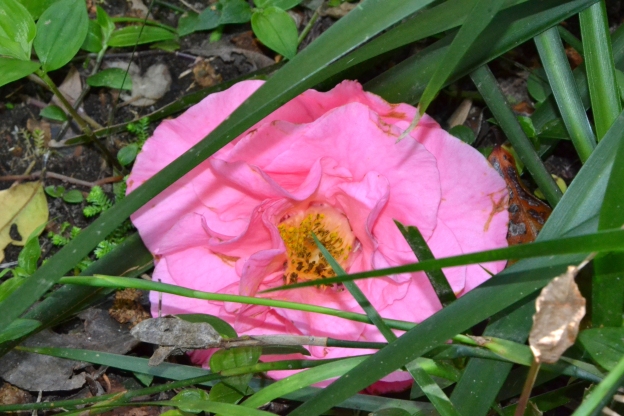Last Thursday, I ran away. Absconded.
Well, to be precise, I walked. However, “walking” doesn’t sound as good. It doesn’t conjure up that same sense of theatre. Lacks drama. Walking also sounds, dare I say, rather “pedestrian”.
After going down to Sydney for a doctor’s appointment, I decided to pop into the Koi Dessert Bar in Chippendale. Koi was roughly “on the way home”, even if it was in the diametrically opposed direction. Koi is co-owned by Reynold, the Dessert King of Masterchef 2015. So, I was more than willing for my sweet tooth to lead me astray. Mum was taking care of the home front. So, I was a free agent. Cinderella dancing away at the ball with no thoughts about midnight.

After catching the train from St Leonards to Central, I was walking to Broadway via the Devonshire Street Tunnel. This long pedestrian tunnel houses buskers, the homeless, beggars, along with a vendor selling The Big Issue. The tunnel itself has been there since 1906, but the characters keep changing. Today, I was mesmerized as the notes of a saxophone rose above scuffling feet into some kind of heaven. At least, heaven in a dingy tunnel. I didn’t feel like dancing, but I certainly felt my spirit soar. It felt like the scene out of a movie. Indeed, I made my own so stay tuned.
I walked on, emerging into daylight and city streets.
My destination was only a few streets away. I was heading to the Koi Dessert Bar in Kensington Street, Chippendale. This is not any ordinary restaurant or cafe. Rather, it is home to Reynold, the Dessert king of Masterchef 2015. Moreover, so many of the current Masterchef contestants end up doing work experience at Koi, after they’ve left the show. I was hoping to experience a touch of Masterchef. I’d met Reynold on my last visit to Koi and enjoyed watching their open kitchen at work and was hoping to see someone and talk Masterchef.

????????????????????????????????????
Above: I met Reynold and watched him and the team in action at Koi last year.
However, neither Reynold nor any familiar faces were there. So, I didn’t feel I could gush like a Masterchef tragic.
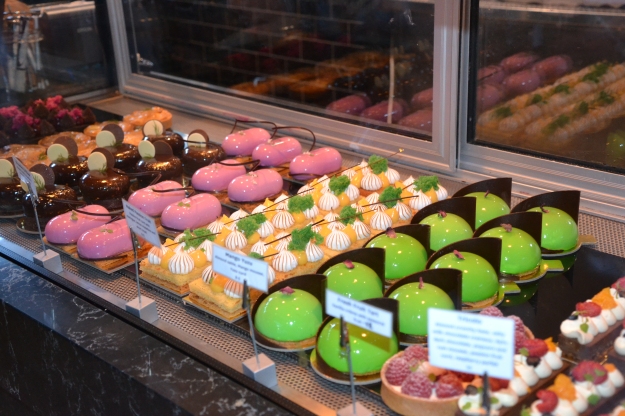
Dessert Heaven at Koi.
Rather, I had to choose my dessert…not an inconsiderable process. With so much yum on display, it creates that impossible choice. You know they’re all sensational, and it’s just a matter of personal taste. I chose the Nomtella…a dome with Espresso mousse covered in chocolate, and a mousy salted caramel centre nesting on a chocolate brownie base. I loved it, but found that half was enough. My sweet tooth hasn’t been quite so sweet lately and I blame the increased exercise for that. I bought an Orange Creme Caramel and a citrus dessert to take home and they were much more to my palate, which surprised me. They were truly sensational.

????????????????????????????????????

????????????????????????????????????

????????????????????????????????????

????????????????????????????????????
After leaving Koi, I ended up walking up Cooper Street into Surry Hills. I explored a few alleyways, chasing images of autumn leaves back-dropped against a deep, blue sky. I was swept off my feet by a special kind of Autumn magic, which was a world away from to do lists, action plans and responsibility. I still haven’t forgotten what it was like to wander the world as a backpacker, but now I have the love and security of home and my family to go home to. I only seek temporary escape. Not a one-way journey.

????????????????????????????????????

????????????????????????????????????
I don’t know what it is that keeps drawing me back to Surry Hills.
My Dad’s side of the family, Irish immigrants from County Cork mostly following the Irish Famine, settled in Paddington and Surry Hills and the family stove making business was at 90 Fitzroy Street for many years. However, that was long before my time and even my father’s. Yet, the stories were passed down. Indeed, there’s a photo of my grandfather and his Dad standing by their truck, which gives me that sense of belonging…origins. That at least a part of me, harks back Surry Hills, back when it was a surrogate Ireland and not the rough slum that it became.
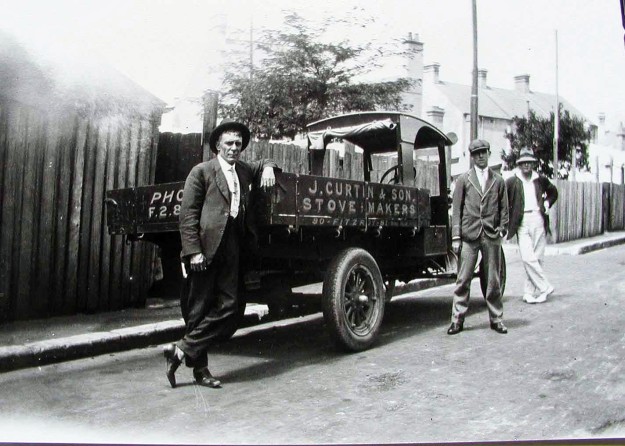
The J Curtin Truck with my Great Grandfather and Grandfather.
Moreover, although I’ve never lived in Surry Hills, I did live in neighboring Chippendale for a number of years. Lived in a range of terraces, and even a converted warehouse a life time ago.
Surry Hills is an eclectic, constantly changing place, and you never know quite what you’ll find or what to expect. There was a little cafe I’d found, which made the most scrumptious Coconut Chai Lattes, but it closed about 2 years ago. Gone, but not forgotten. On Thursday, I went to see what I knew as the art dungeon in Campbell Street, but it now sells shampoo and looks so sanitized. It’s such a travesty…a sell out. A place with so much character, gone.

????????????????????????????????????

????????????????????????????????????

????????????????????????????????????
Surry Hills is expensive real estate, and yet it retains its sense of grunge. Crumbling, run-down terrace houses can still be found, along with signs of Struggle Street. I can’t account for that. After all, I’m only passing through. Picking out bits and pieces through the lens, and immortalising what I’ve seen today on my hard drive. My perspectives or interpretations of an ephemeral, kaleidoscope world.That’s without even delving into its characters. I merely chat to a few people in shops, not knowing whether they’re local or not. Then, I go home.

I was starting to fade.
Walking along Crown heading towards Oxford Street, was a long walk and I was starting to look out for passing buses….a magic carpet to carry me home. Or, at least, back to Central Station. My legs can struggle to keep up with all I see and it’s easy to conk out half way.
Yet, I kept walking until I finally staggered into Museum Station and caught the train to Central. I walked over to Country trains and slumped in my seat. Unlike most of the daily commuters, Too excited to sleep and pulled out the mag I’d bought in Surry Hills:
I was heading home.
Before we leave Surry Hills, I thought you might like to join me on some of my previous visits:
Window Shopping, Surry Hills.
Surry Hills to Gore Hill, Sydney/
Surry Hills…A Sense of Place.
Have you been on any epic urban walks that you’d like to share?
xx Rowena

